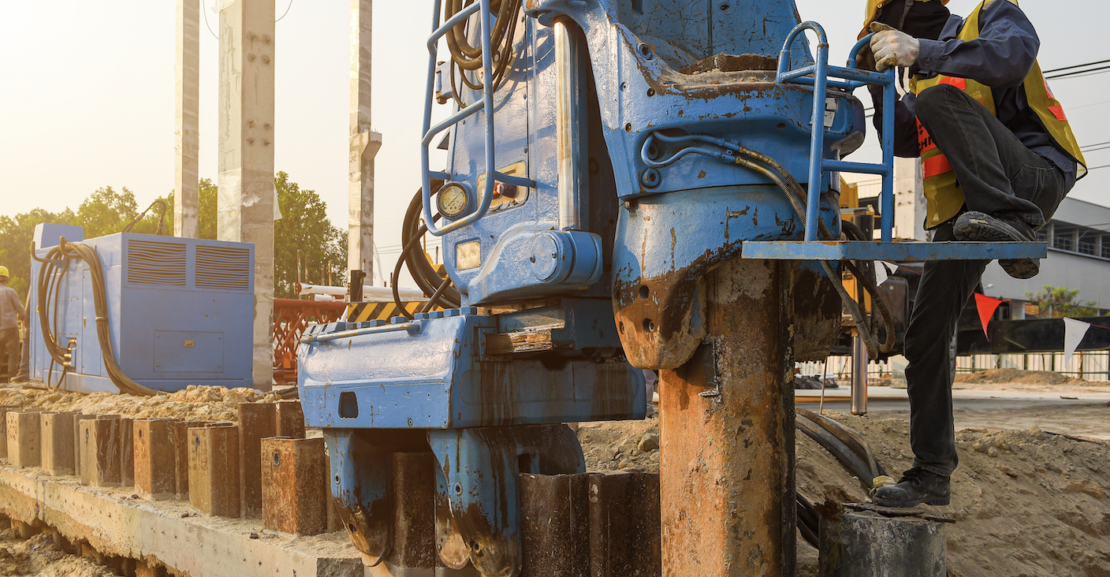Steel sheet piles are commonly used in excavation and construction projects to create temporary or permanent retaining walls, flood protection structures, and foundation support structures. Steel sheet pile installation can be done using different methods, with the two most common being pressing and vibratory hammering. In this article, we will discuss the advantages of pressing steel sheet pile vs using a vibratory hammer.
Reduced Noise and Vibration Levels: One significant advantage of pressing steel sheet pile is that it generates less noise and vibration compared to vibratory hammering. Pressing involves the use of hydraulic presses that push the sheet pile into the ground without generating significant vibrations or noise. This makes it a preferred method for installations in urban areas, where noise and vibrations can cause disruptions to the surrounding environment.
Greater Precision: Pressing offers greater precision compared to vibratory hammering. During the pressing process, the hydraulic press can apply controlled pressure to the steel sheet pile, ensuring that it is installed correctly and to the required depth. This makes it a more suitable method for projects that require precision, such as foundation support structures.
Reduced Soil Disturbance: Pressing steel sheet pile produces less soil disturbance compared to vibratory hammering. Vibratory hammering can loosen and displace soil around the sheet pile, which can compromise the stability of the surrounding soil. In contrast, pressing involves minimal soil disturbance, making it a more suitable method for projects where soil stability is a concern.
Increased Safety: Pressing is a safer method of steel sheet pile installation compared to vibratory hammering. Vibratory hammering can generate high levels of noise and vibration, which can be hazardous to workers and the surrounding environment. The hydraulic pressing method used in pressing steel sheet pile is safer for workers and reduces the risk of damage to adjacent structures.
Cost-Effective: Pressing steel sheet pile can be more cost-effective compared to vibratory hammering. Although the initial cost of hydraulic presses used for pressing can be higher, the reduced noise and vibration levels, reduced soil disturbance, and increased precision can reduce overall project costs. Additionally, the reduced soil disturbance can result in savings on soil stabilization and restoration costs.
In conclusion, both pressing and vibratory hammering are effective methods of steel sheet pile installation, but pressing offers several advantages, including reduced noise and vibration levels, greater precision, reduced soil disturbance, increased safety, and cost-effectiveness. It is essential to consider these factors when deciding which method to use for your steel sheet pile installation project.
What is the press-in method for sheet pile installation?
The press-in method for sheet pile installation is a technique that involves the use of hydraulic presses to drive sheet piles into the ground. This method eliminates the need for impact or vibratory hammers, resulting in a quieter and less disruptive installation process. It is particularly useful in sensitive or congested urban environments, where noise and vibrations can cause issues for nearby structures and residents.
What are the advantages of the press-in method for sheet pile installation?
The press-in method for sheet pile installation offers several advantages, including minimal noise and vibration, increased precision, improved safety, and reduced environmental impact. It allows for installation in confined spaces and close to existing structures without causing damage, making it ideal for urban construction projects. Additionally, the press-in method can be used in a variety of soil conditions, offering a versatile solution for sheet pile installation.
